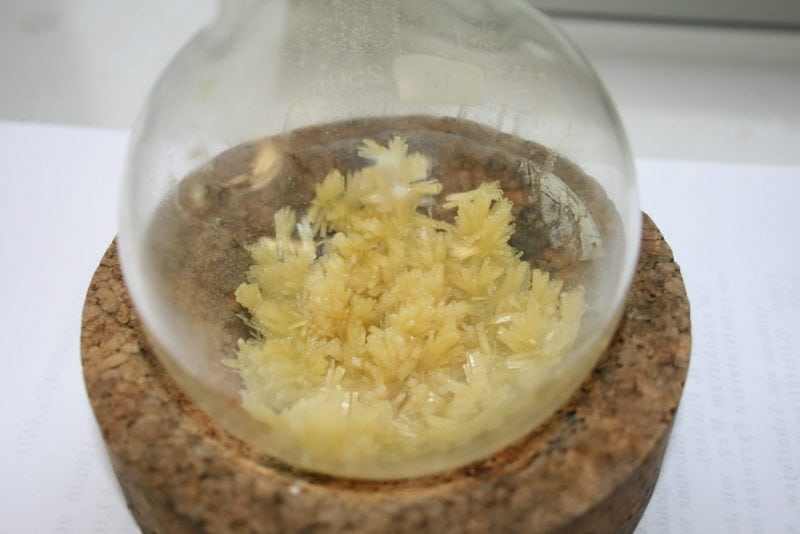
The Differential scanning calorimeter (DSC) is a widely applied tool to study the thermal behavior of various materials, including melting and recrystallization. However, it is not an easy task to interpret the DSC results of polymer lamellar crystals since they will melt, recrystallize and remelt during heating. Consequently, the endothermal and exothermal peak are combining results with melting and recrystallization. In addition, the baseline is difficult to determine.
Our research group (Prof. Xu’s group, Tsinghua University, Beijing, China) has developed a method to extract the kinetics of melting and recrystallization via step-heating program using normal DSC. The samples were originally isothermally crystallized for sufficient time. The following step-heating program consists of alternative heating and temperature holding stages, which allows for melting and recrystallization, respectively.
The results show that the studied poly(butylene succinate) homopolymers and copolymer show different recrystallization behavior. The homopolymer, whether of low or high molecular weight, demonstrate considerable recrystallization. In contrast, the block copolymer does not exhibit observable recrystallization.
Even for the block copolymer without recrystallization, melting occurs at several heating stages, which may reflect the different stability of the isothermally crystallized polymer lamellar crystals. Poly(butylene succinate) homopolymers isothermally crystallized at lower temperatures can show 2 to 4 recrystallization exotherms during step heating, which is hard to distinguish using the normal DSC with continuous heating.
The kinetics of the most obvious melting, recrystallization and remelting have been quantitatively fitted via physical models. It is of particular interest that the remelting shows quite different power law index y of the superheating. The y value for the melting of the originally formed crystals ranges from 5 to 9, much larger than the values, around 1, for the remelting of the recrystallized crystals.
Previously, Toda et al. (Toda, A., Androsch, R., and Schick, C., Polymer, 2016, 91: 239) observed that melting of the lamellar crystals of different polymers shows the different power-law indices. This is the first report that the different crystals of the same polymer show such large difference in melting kinetics. We suspect that the difference may result from different mechanisms of stabilization during crystallization and recrystallization, which deserves further study.
The recrystallization kinetics was fitted as well. The results show that the recrystallization follows the law of the secondary nucleation after melting a considerable part of the originally formed crystals.
To summarize, we have developed a new method to study the phase transitions, melting, recrystallization and remelting, of polymer lamellar crystals using normal DSC. The results reveal that the metastability of polymer lamellar crystals varies with the thermal history and physical constraints of the neighboring chain segments.
The study, Study on melting and recrystallization of poly(butylene succinate) lamellar crystals via step heating differential scanning calorimetry was recently published in the Chinese Journal of Polymer Science.








